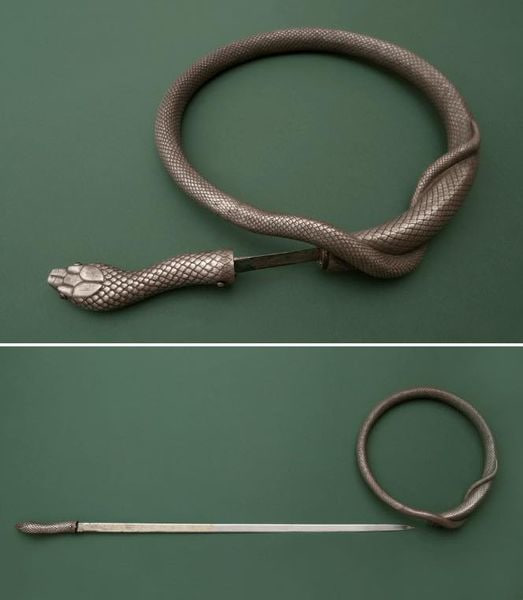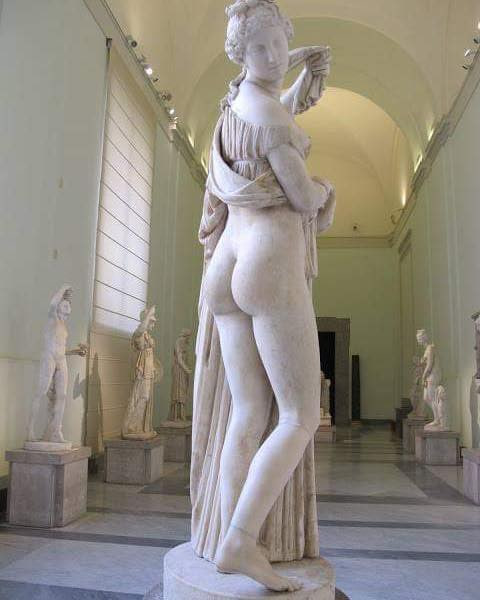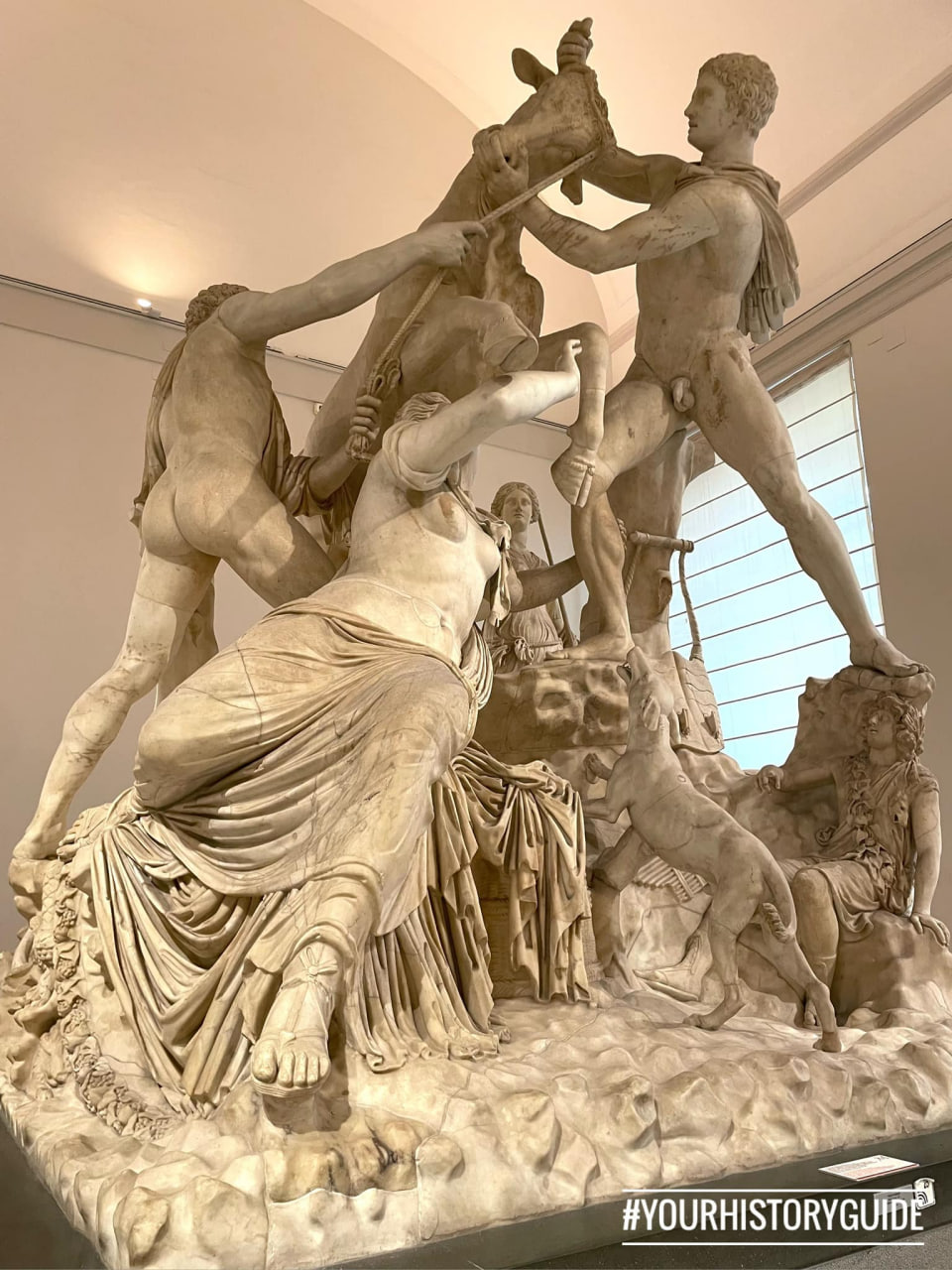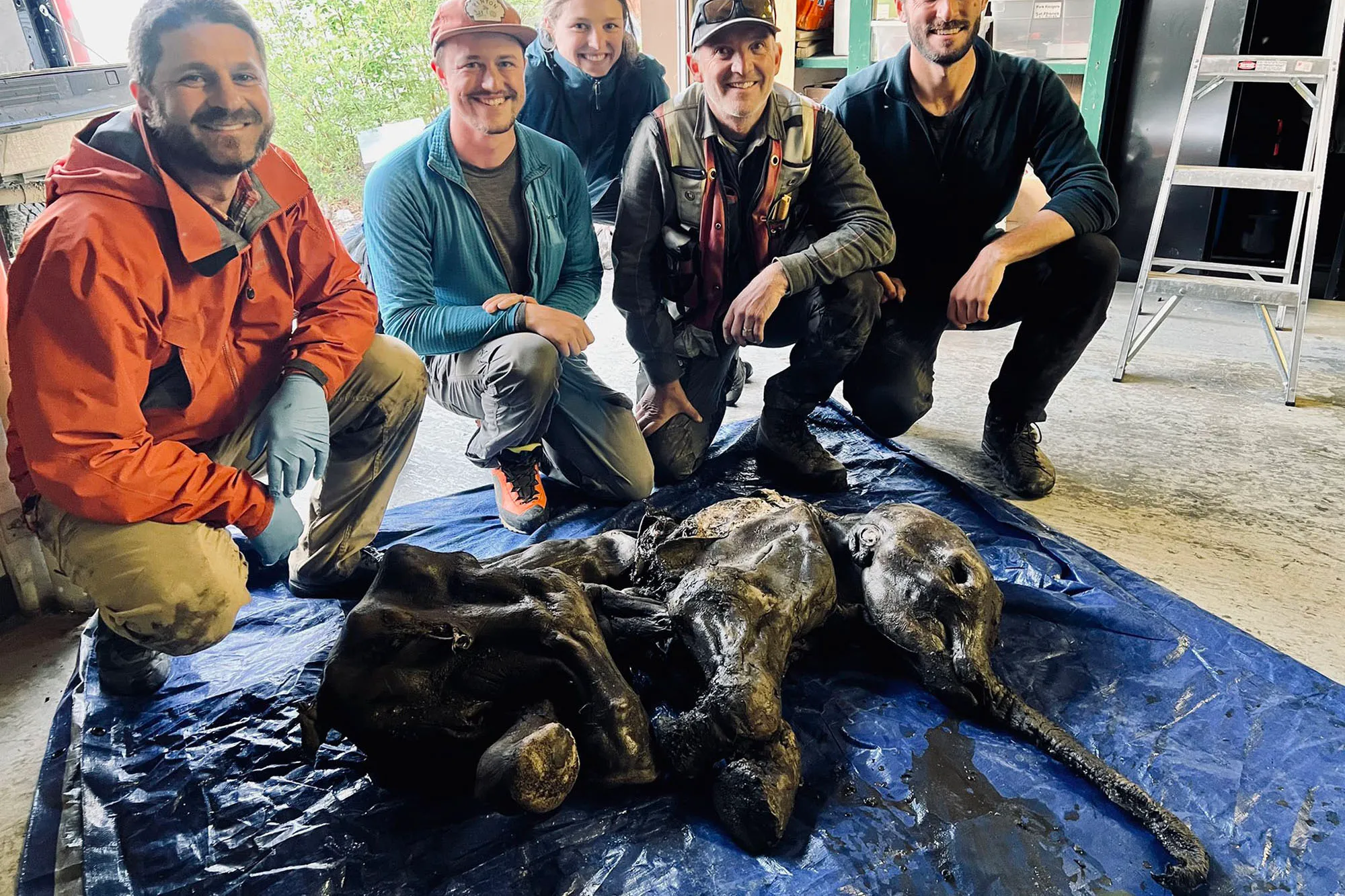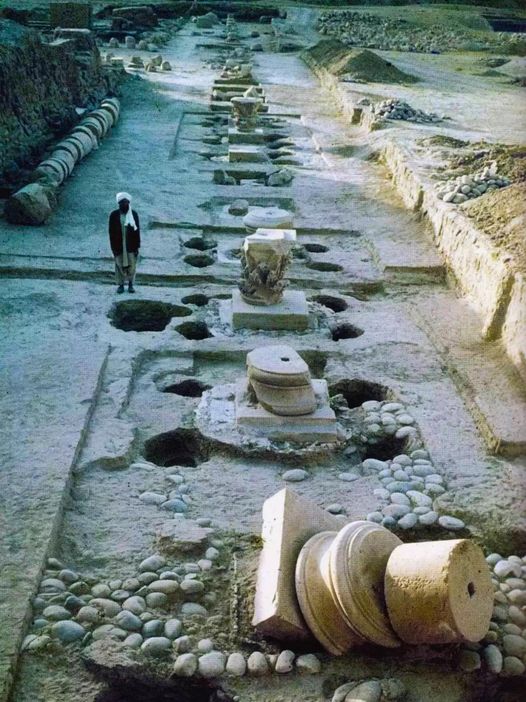In the hushed halls of archaeological discovery, tales of humanity's ancient past often emerge, painting vivid portraits of our shared heritage. Among these narratives stands the poignant story of the Dapenkeng Mother and Child - a 4,800-year-old skeleton unearthed in Taichung, Taiwan, offering a glimpse into the lives of our ancestors. Believed to be an ancestor of the Austronesian peoples who traversed the vast expanse of the Pacific, this ancient duo speaks volumes about the enduring bonds of motherhood and the resilient spirit of humanity.
A Tender Embrace: The Dapenkeng Mother and Child
The discovery of the Dapenkeng Mother and Child is a testament to the enduring bond between a mother and her offspring. Dating back to the Dapenkeng culture of 2800 BC, this poignant archaeological find showcases a mother cradling her six-month-old child in a tender embrace, frozen in time for millennia. Their skeletal remains, carefully preserved and delicately intertwined, speak volumes about the universal themes of love, protection, and familial ties that transcend time and culture.

Ancestral Connections: Tracing the Roots of the Austronesian Peoples
As researchers delve deeper into the origins of the Dapenkeng Mother and Child, they uncover tantalizing clues about the ancestral connections of the Austronesian peoples. With roots stretching across the Pacific, from Taiwan to Polynesia, the Austronesian migration remains one of the most remarkable journeys in human history. The presence of the Dapenkeng Mother and Child in Taiwan offers a poignant reminder of the diverse tapestry of cultures that shaped the ancient world and continues to influence our understanding of human migration patterns.
Cultural Significance: Honoring the Legacy of the Dapenkeng Culture
The Dapenkeng Mother and Child are not merely archaeological artifacts; they represent a tangible link to Taiwan's rich cultural heritage and the legacy of the Dapenkeng civilization. Through meticulous study and analysis, archaeologists gain valuable insights into the daily lives, customs, and beliefs of the ancient inhabitants of Taiwan. By honoring and preserving their legacy, we pay homage to the resilience and ingenuity of those who came before us, ensuring that their stories are not lost to the sands of time.
In the quiet corners of our archaeological past, the Dapenkeng Mother and Child stand as silent witnesses to the enduring bonds of love and kinship that define the human experience. As we marvel at their ancient embrace, we are reminded of our shared humanity and the universal truths that unite us across time and space. Through the lens of archaeology, we glimpse the lives of our ancestors, piecing together fragments of the past to create a more complete understanding of who we are and where we come from.
Archeological Insights:
The discovery of the Dapenkeng Mother and Child offers invaluable insights into the lives of ancient peoples and the cultural practices that shaped their world. Through careful excavation, analysis, and interpretation, archaeologists can reconstruct the circumstances surrounding their burial, shedding light on burial customs, familial relationships, and societal norms of the Dapenkeng culture. By studying the skeletal remains and associated artifacts, researchers gain a deeper understanding of the human experience in ancient Taiwan, enriching our knowledge of the past and informing our understanding of the present.


